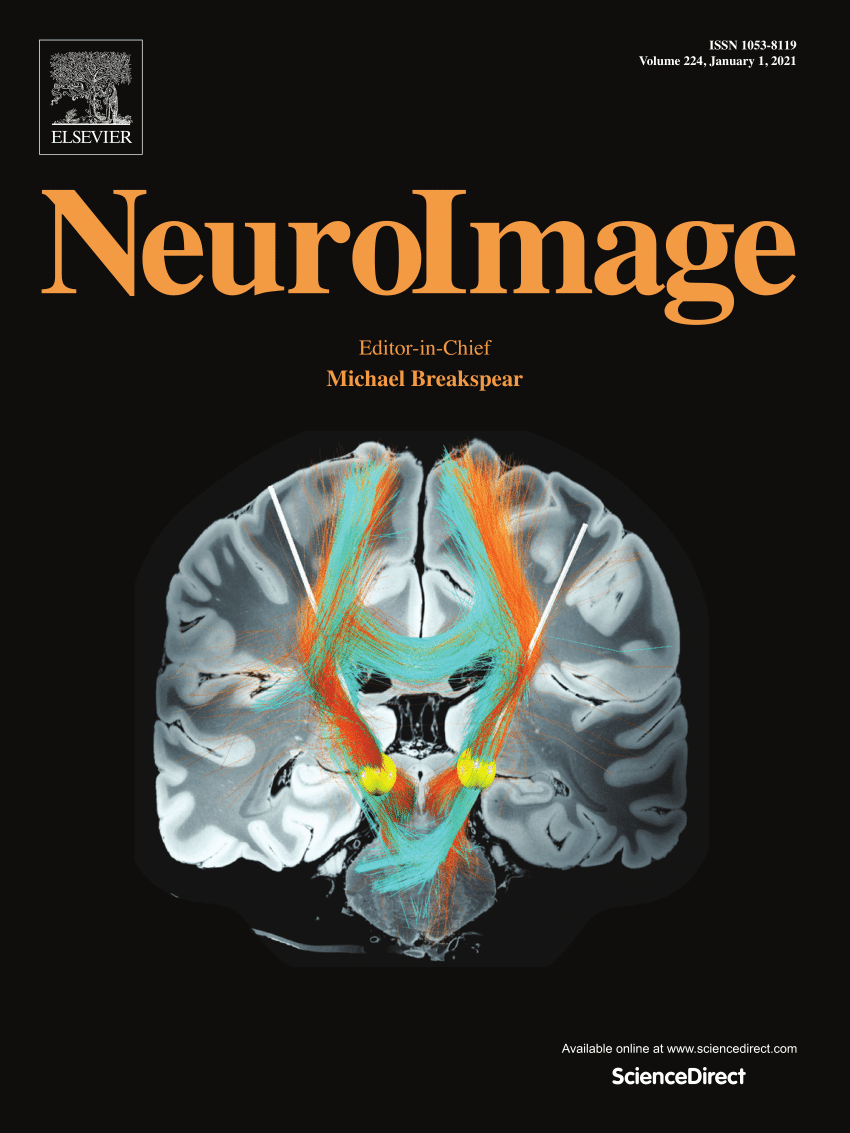The diagnostic potential of resting state functional MRI: Statistical concerns
IF 4.7
2区 医学
Q1 NEUROIMAGING
引用次数: 0
Abstract
Blood oxygen level-dependent functional magnetic resonance imaging (fMRI) is a widely used, non-invasive method to assess brain hemodynamics. Resting-state fMRI (rsfMRI) estimates functional connectivity (FC) by measuring correlations between the time courses of different brain regions. However, the reliability of rsfMRI FC is fundamentally compromised by statistical artifacts arising from signal cyclicity, autocorrelation, and preprocessing-induced distortions.
We discuss how standard rsfMRI preprocessing —particularly the widely used band-pass filters such as 0.009–0.08 Hz and 0.01–0.10 Hz— introduce biases that increase correlation estimates between independent time series. Additionally, filtering without appropriate downsampling further distorts correlation coefficients, inflating statistical significance and increasing the risk of false positives. Under these conditions, commonly used multiple comparison corrections fail to fully control Type I errors, with up to 50–60 % of detected correlations in white noise signals remaining significant after correction depending on the sampling rate, filter and duration.
To mitigate these biases, we recommend adjusting sampling rates to align with the analyzed frequency band and employing surrogate data methods that better account for the statistical properties of rsfMRI signals and reduce autocorrelation-driven false positives. Additionally, we show that structured brain states—such as epilepsy and anesthesia-induced burst suppression—impose low-frequency neural activity that further amplifies these biases, distorting FC estimates.
These findings indicate that accepted rsfMRI preprocessing pipelines systematically amplify spurious correlations and call for an improved statistical framework. This framework must explicitly account for autocorrelation, cyclicity, and multiple comparison biases, while excluding or correcting for structured neural activity that further distorts connectivity estimates.

静息状态功能性MRI的诊断潜力:统计学问题
依赖于血氧水平的功能性磁共振成像(fMRI)是一种广泛使用的无创脑血流动力学评估方法。静息状态功能磁共振成像(rsfMRI)通过测量不同脑区时间进程之间的相关性来估计功能连通性(FC)。然而,rsfMRI FC的可靠性从根本上受到由信号周期性、自相关和预处理引起的失真引起的统计伪影的影响。我们讨论了标准的rsfMRI预处理-特别是广泛使用的带通滤波器,如0.009-0.08 Hz和0.01-0.10 Hz -如何引入偏差,增加独立时间序列之间的相关性估计。此外,没有适当降采样的过滤进一步扭曲了相关系数,夸大了统计显著性并增加了假阳性的风险。在这些条件下,常用的多次比较校正不能完全控制第一类误差,根据采样率、滤波器和持续时间的不同,校正后白噪声信号中检测到的相关性高达50 - 60%仍然显著。为了减轻这些偏差,我们建议调整采样率,使其与分析的频带保持一致,并采用替代数据方法,以更好地解释rsfMRI信号的统计特性,并减少自相关驱动的误报。此外,我们发现结构化的大脑状态——如癫痫和麻醉引起的爆发抑制——施加低频神经活动,进一步放大了这些偏差,扭曲了FC估计。这些发现表明,公认的rsfMRI预处理管道系统地放大了虚假相关性,并呼吁改进统计框架。该框架必须明确考虑自相关、循环和多重比较偏差,同时排除或纠正进一步扭曲连接估计的结构化神经活动。
本文章由计算机程序翻译,如有差异,请以英文原文为准。
求助全文
约1分钟内获得全文
求助全文
来源期刊

NeuroImage
医学-核医学
CiteScore
11.30
自引率
10.50%
发文量
809
审稿时长
63 days
期刊介绍:
NeuroImage, a Journal of Brain Function provides a vehicle for communicating important advances in acquiring, analyzing, and modelling neuroimaging data and in applying these techniques to the study of structure-function and brain-behavior relationships. Though the emphasis is on the macroscopic level of human brain organization, meso-and microscopic neuroimaging across all species will be considered if informative for understanding the aforementioned relationships.
 求助内容:
求助内容: 应助结果提醒方式:
应助结果提醒方式:


